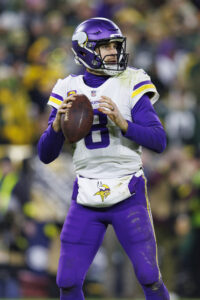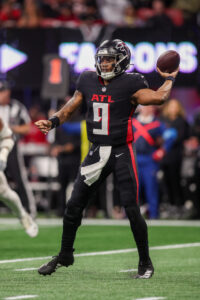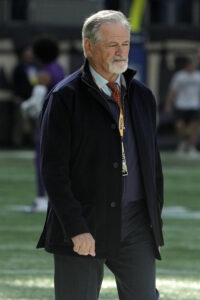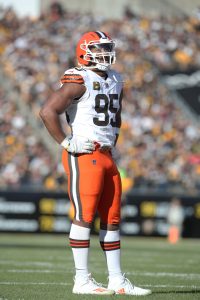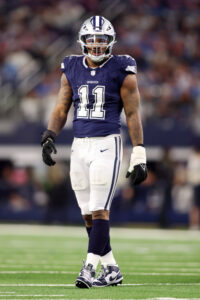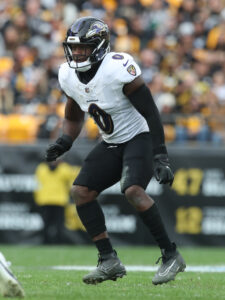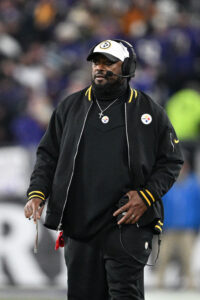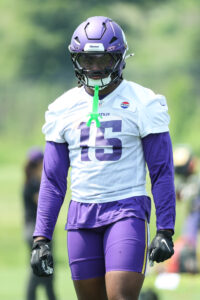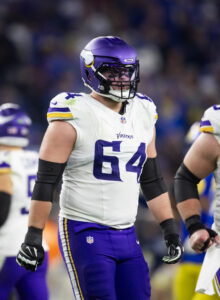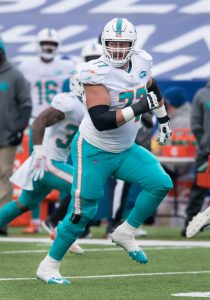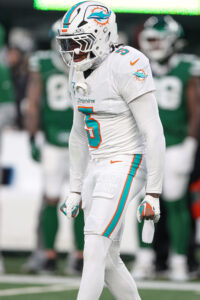The Chiefs and Trey Smith have just less than 48 hours to agree on a long-term extension; otherwise, the Pro Bowl guard will play on the franchise tag and negotiations will be tabled until 2026. That is 2025’s only tag situation as the July 15 deadline approaches.
Over the previous 10 offseasons, 77 players received the franchise tag. Many of those signed extensions before the midsummer deadline. Here are the players who did not and ended up playing the season for the tag price:
2015
- Jason Pierre-Paul, DE (Giants): $3MM
Pierre-Paul’s infamous fireworks accident led to Giants rescinding $14.8MM tag, setting up revised agreement
2016
- Eric Berry, S (Chiefs): $10.81MM
- Kirk Cousins, QB (Washington): $19.95MM
- Alshon Jeffery, WR (Bears): $14.6MM
- Trumaine Johnson, CB (Rams): $13.95MM
2017
- Le’Veon Bell, RB (Steelers): $12.12MM
- Kirk Cousins, QB (Washington): $22.94MM
- Trumaine Johnson, CB (Rams): $16.74MM
2018
- Ziggy Ansah, DE (Lions): $17.14MM
- Le’Veon Bell, RB (Steelers): $14.54MM
- Lamarcus Joyner, S (Rams): $11.29MM
- DeMarcus Lawrence, DE (Cowboys): $17.14MM
Bell did not collect any money on his 2018 tag, being the 21st century’s lone franchise-tagged player to skip season
2019
- Jadeveon Clowney, LB (Seahawks): $15MM
Texans applied $15.9MM linebacker tag on Clowney, trading him to Seahawks in August 2019; edge rusher agreed to salary reduction upon being dealt
2020
- Shaquil Barrett, LB (Buccaneers): $15.83MM
- Bud Dupree, LB (Steelers): $15.83MM
- A.J. Green, WR (Bengals): $17.97MM
- Anthony Harris, S (Vikings): $11.44MM
- Hunter Henry, TE (Chargers): $10.61MM
- Matt Judon, DE/LB (Ravens): $16.81MM
- Yannick Ngakoue, LB (Vikings/Ravens): $12MM
- Dak Prescott, QB (Cowboys): $31.41MM
- Brandon Scherff, G (Washington): $15MM
- Justin Simmons, S (Broncos): $11.44MM
- Joe Thuney, G (Patriots): $14.78MM
- Leonard Williams, DT (Giants): $16.13MM
Ravens, Judon agreed on compromise between defensive end, linebacker tag prices. Ngakoue agreed to salary reduction to facilitate trade from Jaguars. Vikings traded edge rusher to Ravens before 2020 deadline. Prescott received exclusive franchise tag from Cowboys.
2021
- Chris Godwin, WR (Buccaneers): $15.98MM
- Marcus Maye, S (Jets): $10.61MM
- Allen Robinson, WR (Bears): $17.98MM
- Cam Robinson, LT (Jaguars): $13.75MM
- Brandon Scherff, G (Washington): $18MM
- Marcus Williams, S (Saints): $10.61MM
2022
- Jessie Bates, S (Bengals): $12.91MM
- Orlando Brown Jr., T (Chiefs): $16.66MM
- Mike Gesicki, TE (Dolphins): $10.93MM
- Dalton Schultz, TE (Cowboys): $10.93MM
2023
- Saquon Barkley, RB (Giants): $10.1MM
- Josh Jacobs, RB (Raiders): $11.79MM
- Tony Pollard, RB (Cowboys): $10.1MM
Raiders provided raise to Jacobs to bring him into training camp
2024
- Tee Higgins, WR (Bengals): $21.82MM
